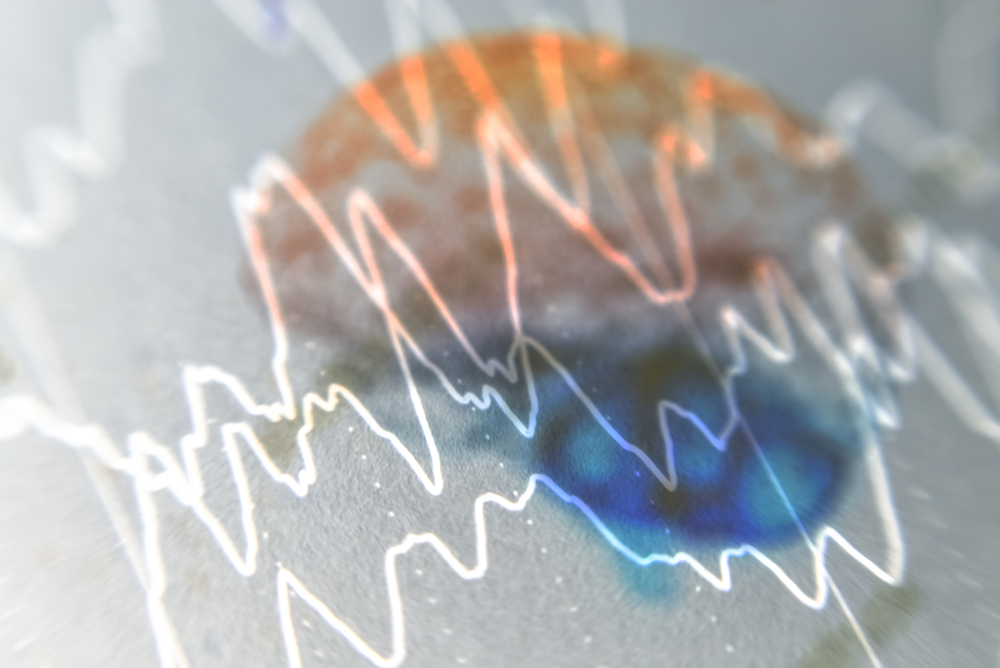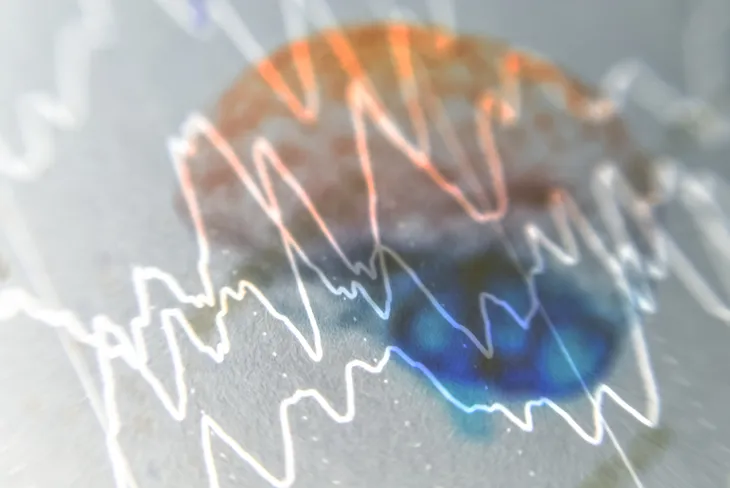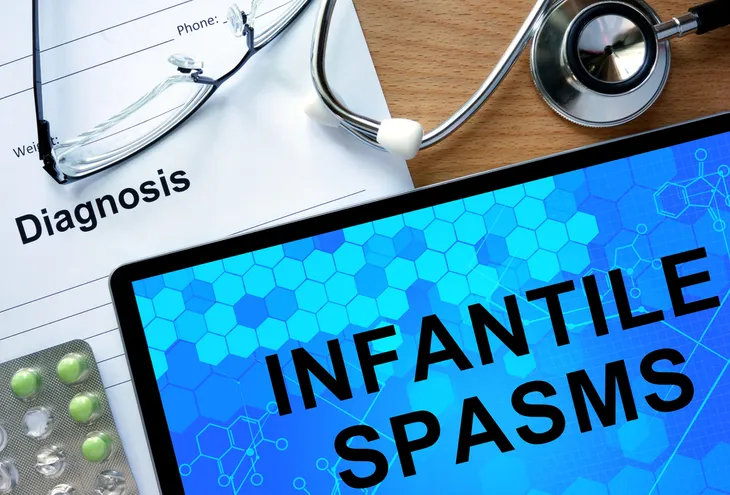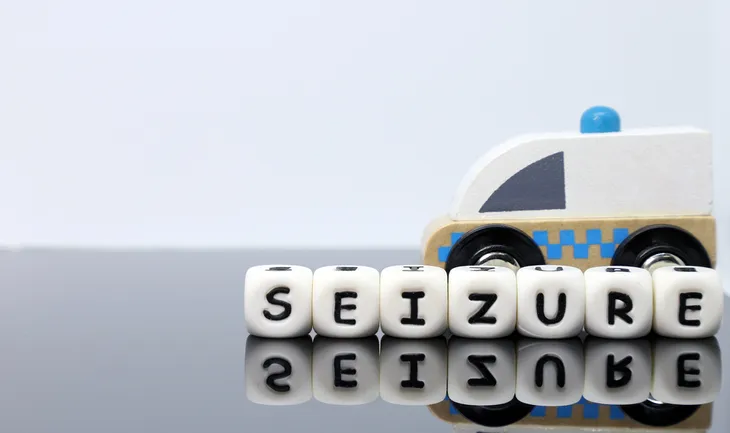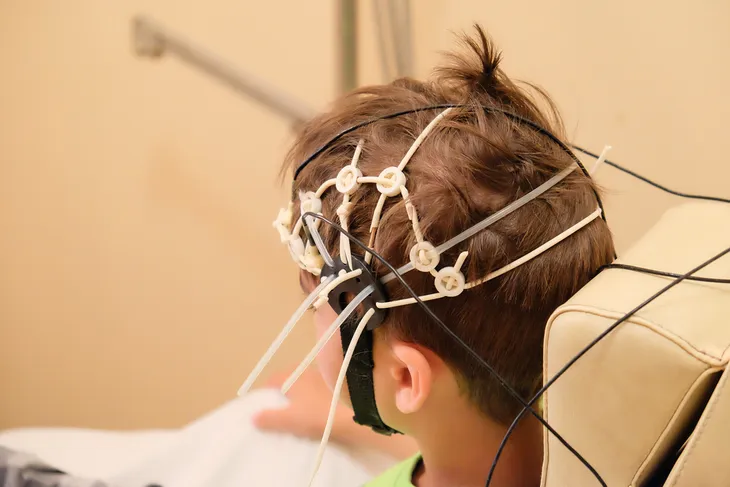When we think of seizures, we often only picture how the patient goes into convulsions. But there are actually different types of seizures (divided into major groups) that have varying symptoms depending on where they originate in the brain.
While seizures are almost always alarming to those looking on and can be quite upsetting to those who have one (although their memory of the episode may be foggy or absent), there are about 12 different types of seizures, according to WebMD. Let’s take a look at seven of them…
1. Tonic-Clonic (Grand Mal) Seizures
You’ve most likely heard of grand mal seizures, as they are “the most noticeable” and associated with how we portray seizures, notes WebMD. This type of seizure is characterized by body stiffening, jerking, shaking, and loss of consciousness.
Grand mal seizures can last up to 3-minutes, which will probably seem a lot longer to those witnessing one. If they last longer than a few minutes, then 911 should be called. This type of seizure can also cause patients to bite their tongues or cheeks, but you should never try to insert anything into their mouth for risk of further injury (to the patient and you). Here are some more tips on Ways to Help Someone During and After a Seizure.
2. Myoclonic Seizures
This type of seizure increases a patient’s muscle tone, and the patient reacts “as if hit by a single jolt of electricity,” explains John Hopkins Medicine. Sometimes there can be multiple jolts in young children (under 1-years-olds), which the medical community classifies as “infantile spasms.”
The source also points out that a myoclonic jerk does not mean a myoclonic seizure is occurring. “Think about the times you’ve seen someone falling asleep then suddenly jerk awake. This is a great example of a myoclonic jerk but not a seizure,” explains the source.
3. Infantile Spasms
As mentioned before, infants can suffer a series of “jolts” called infantile spasms that doctors consider a serious form of epilepsy. Only about 1,200 children per year are diagnosed with this each year in the U.S., according to the Child Neurology Foundation.
Parents can sometimes not recognize the signs of this type of seizure because of its “subtle appearance,” as opposed to violent jerking. Infantile spasms can be as innocent looking as “little head drops that do not appear to be anything serious.” Children who suffer from infantile spasms are at higher risk for developing autism or facing developmental delays, but early recognition and treatment can make a big difference.
4. Atonic Seizures
This is the opposite of your body stiffening from a seizure; in this version of a seizure, your muscles will suddenly go limp and your head might lean forward, explains WebMD. It may also cause a patient to drop something or fall down.
These seizures are usually short (around 15-seconds), but patients can experience several of them in a row. If it’s known that a patient suffers from these types of seizures, a helmet may be worn to help prevent further injury from falling. Individuals who have Lennox-Gastaut syndrome or Dravet syndrome are often more at risk for these types of seizures, says WebMD.
5. Absence Seizures
Absence seizures don’t look at all like a seizure portrayed on television. In fact, they can be so benign that they’re sometimes confused with a person simply daydreaming, explains the Epilepsy Foundation.
This type of seizure, also called a “petit mal” seizure, causes the patient to blank out or stare into space for a short period of time. The person won’t be aware they’re having the episode, but they will immediately recover. You may be able to identify an absence seizure if the patient’s eyelids are fluttering (from rapid blinking) or if they are smacking their lips or making chewing movements. The episodes usually subside within 10-seconds.
6. Simple Focal Seizures
This is considered a “focal seizure,” and like absence seizures (which is actually considered a generalized seizure in the same category as grand mal), it may not be obvious to outsiders that you’re experiencing an episode. Symptoms can be something as simple as tasting or smelling something in a strange way or having a twitch of the fingers, arms, or legs, explains WebMD.
You may also see flashes of light and feel dizzy and sweaty or nauseous, but you don’t usually lose consciousness with a simple focal seizure. In a more severe “complex focal seizure,” you may lose consciousness but still look like you’re awake and even laugh or cry during the episode. These complex seizures can last several minutes.
7. Psychogenic Non-Epileptic Seizures (PNES)
As the name suggests, this type of seizure (formerly known as a pseudo-seizure) is not related to epilepsy. These can occur at any age, but most commonly occur under age 55, explains Epilepsy Ontario.
It can be tough to differentiate psychogenic and epileptic seizures, as the features can be similar. It usually takes a neurologist (a specialist in the study of nerves and seizures) to make the distinction through electroencephalogram (EEG) recordings. It’s important to make the distinction, because anti-seizure medications are not effective for psychogenic disorders. Some patients with this form of seizure may have experienced trauma earlier in life, notes the organization.
